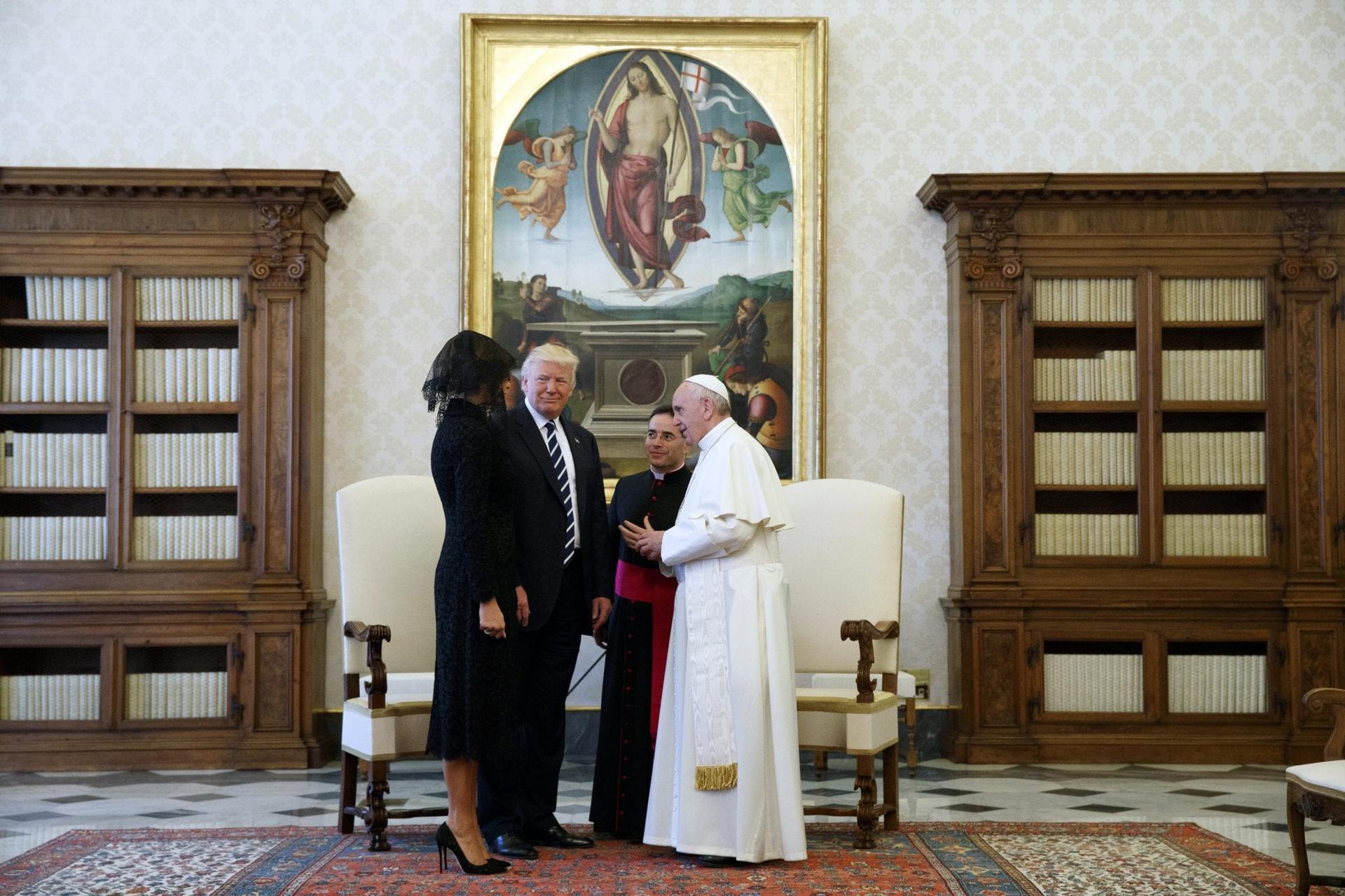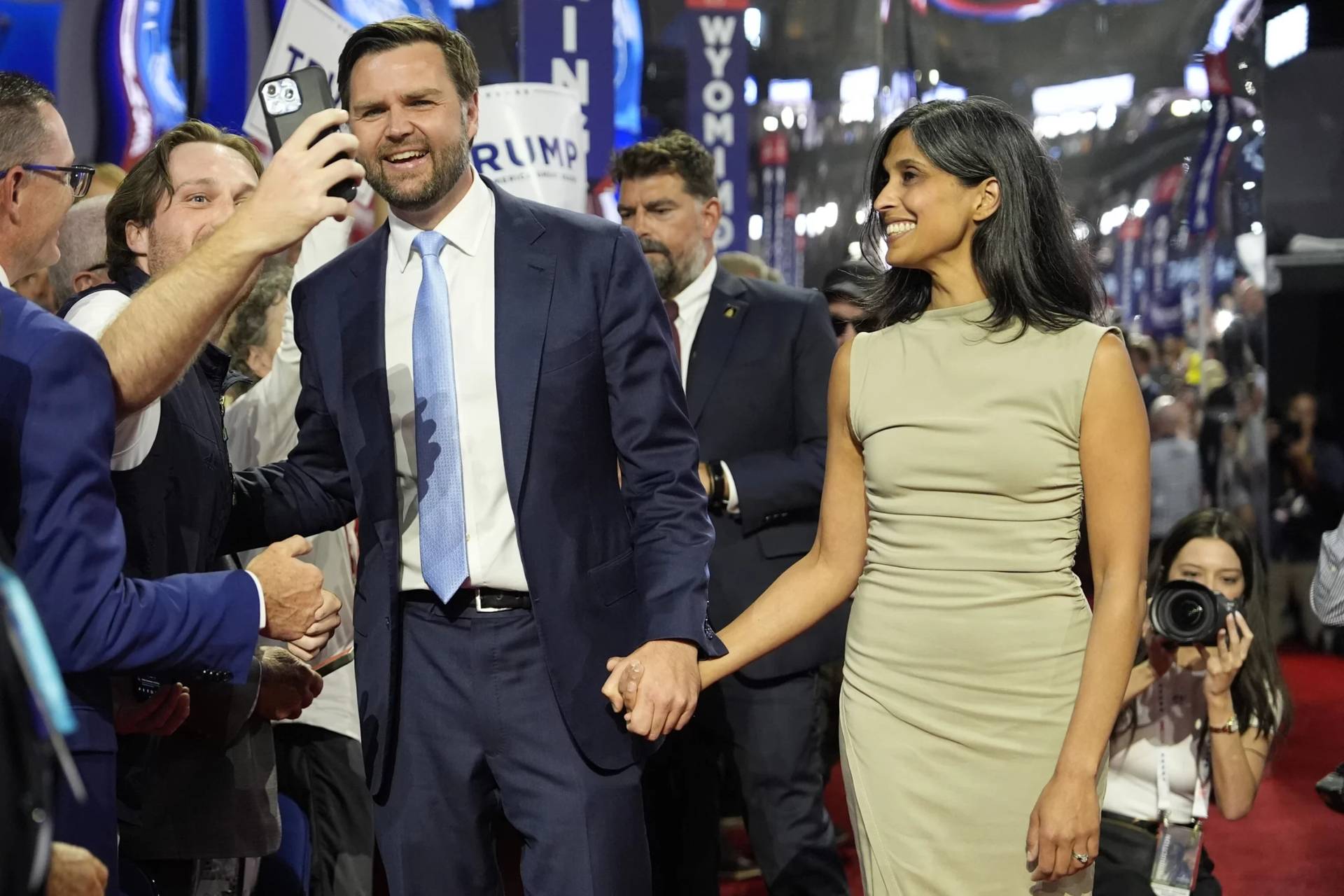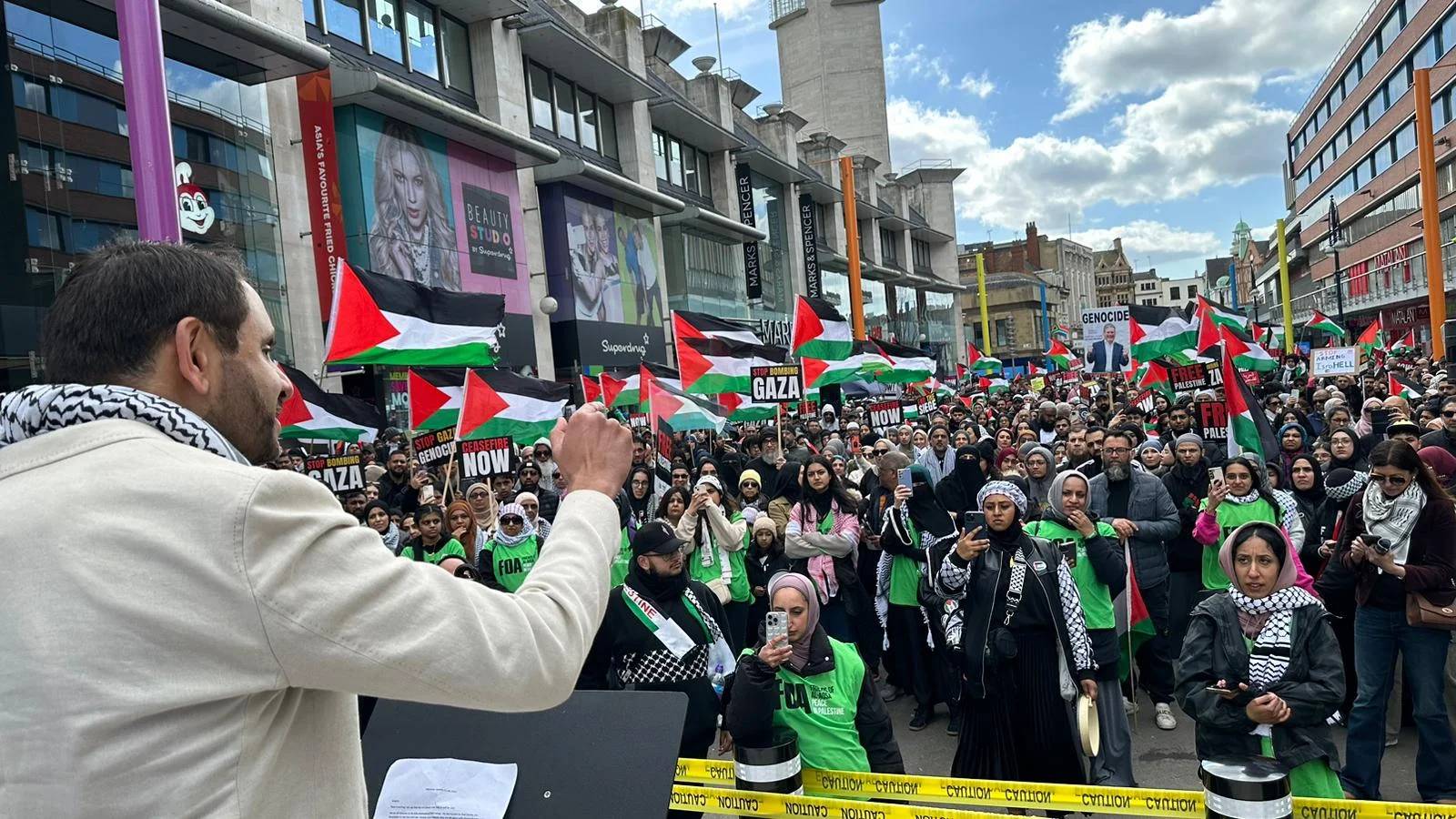Given the hyper-polarized nature of American discussion about almost anything these days, but especially President Donald Trump, I’m going to begin this column with a disclaimer.
WARNING: Nothing that follows is intended as either a criticism or an endorsement of Trump, and the same point applies to Pope Francis. The effort is to be descriptive, not prescriptive.
With that out of the way, here’s the basic point.
It’s already been observed that despite vast differences in worldview, experience, and agenda, Trump and Francis have some striking similarities. Both are populist mavericks, though in highly different keys. Both have an instinctive skepticism about the establishments they lead, the Vatican in Francis’s case and the federal bureaucracy in Trump’s. Both also have a genius for drawing attention, whether mostly flattering (as in Francis) or often not so much (as in Trump).
An essay by Richard Haas on the risks and opportunities for Trump’s foreign policy agenda in the most recent issue of Foreign Affairs magazine indirectly suggests another parallel, in this case in the way both men govern.
Haas, President of the Council on Foreign Relations and a former Director of Policy Planning for the U.S. State Department, is considered among America’s most astute observers of the global scene. Despite having some cause for sour grapes, since he was blackballed by “America firsters” in the Trump administration for the role of Deputy Secretary of State, his essay is largely positive, suggesting that Trump has an opportunity to score some important foreign policy successes.
However, he also considers how those opportunities could go off the rails, and in part he sees that related to how Trump makes decisions. Here’s a key passage:
“Trump clearly prefers an informal decision-making process, with various voices included and many points of entry, and presidents get their way. But such an approach has downsides as well as upsides, and if the administration wants to avoid the dangers that come with excessive improvisation, it needs to ensure that the formal National Security Council policy process dominates the informal one – and that significant informal deliberations are ultimately integrated into the formal process rather than carried on separately.”
One can, of course, agree or disagree with that conclusion, but the diagnosis seems inarguable – Trump likes to pull end-runs around formal procedures.
If you’re at all attuned to Vatican affairs, the language here has to seem eerily familiar.
Famously, Francis too tends to rely more on a network of friends and informal advisers in shaping his thinking about things than on the Vatican’s formal structures. If anyone believes that the Congregation for the Doctrine of the Faith, for instance, has been the major force in driving his decisions on theological matters, or that the Congregation for Divine Worship plays that role on liturgy, you just haven’t been paying attention.
Close observers are well aware, for instance, that when it comes to theological matters, Francis relies much more on Argentine Archbishop Victor Fernández, an old friend who heads the Pontifical Catholic University in Buenos Aires, than whoever happens to be running the CDF.
For Francis admirers, that independence from “the system” is part of his charm. For critics, it’s part of what makes him destabilizing and dangerous. In any event, however, it’s a hallmark of his style.
Here’s another passage from Haas:
“The president also clearly prefers to be unpredictable. This can make sense as a tactic, but not a strategy. Keeping foes off balance can be useful, but keeping friends and allies off balance is less so – especially friends and allies that have put their security in America’s hands for generations. The less steady they judge those hands to be, the more they may decide to look out for themselves, ignoring Washington’s requests and considering side deals to protect their interests. Frequent policy reversals, even those that are welcome, come at a substantial cost to the United States’ credibility and to its reputation for reliability.”
Once again, close your eyes, allow for the obvious differences between state and church, and you might think he’s talking about Francis.
The pontiff is coming up on the fifth anniversary of his election next March, and if one were to survey traditional “allies” of the papacy – meaning both those Catholics historically most inclined to carry water for the pope, and those outside the Church most accustomed to making common cause with Rome – perhaps the number one frustration they’d voice would be that one just never knows what Francis is going to say or do next.
Again, one can dispute whether in the long run that’s more positive than negative. Certainly, for those inclined to think Francis is overwhelmingly a positive force for both the Church and the world, the fact that he’s constantly shaking things up is part of his power. Over and over, he delivers the message that the status quo cannot stand, and that business as usual is over.
No matter what one makes of it, however, this pope’s taste for “government by surprise” seems an indisputable fact.
Perhaps the conclusion here is that ideology aside, both Francis and Trump model what 21st century leadership looks like: Untethered from institutions and bureaucracies, and keeping both friends and foes guessing. (One could also throw Vladimir Putin into that mix, perhaps the third most intriguing figure on the global stage today after Francis and Trump.)
The fact that these men are employing that model in service of hugely different aims and objectives doesn’t make it any the less noteworthy. If anything, Francis and Trump’s “odd couple” dynamic may be the ultimate proof that no matter what you want, world leaders today seem to share a common, and strikingly unconventional, way of trying to get it.

















